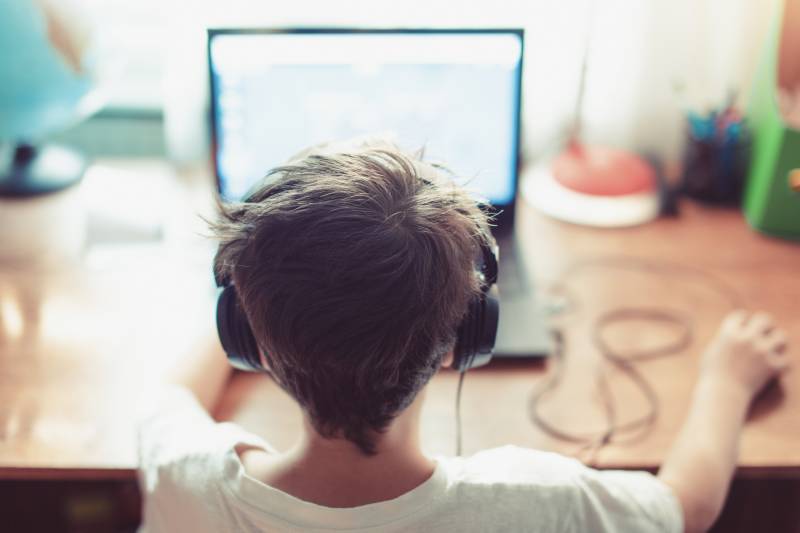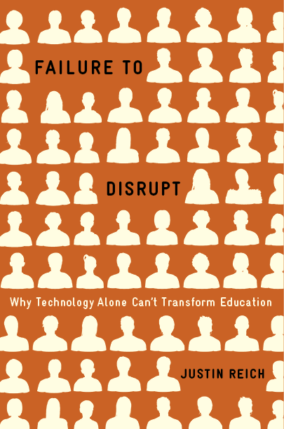But now that so many students are being taught online via distance learning during a pandemic, economic recession and protests for racial justice, what must schools do to keep all students learning?
Nurture Relationships
Most teachers know relationships are key to learning. Many schools have spent the beginning of the school year on relationship-building activities. But during distance learning, it’s going to be even more important to stay connected as students struggle to show up for class. He said consider scheduling one-on-one meetings with students, even if it takes all semester to schedule 7-minute meetings with all 120 students. Reich also suggests finding safe ways to do socially distanced home visits during nice weather or other ways to gather.
“Relationships are the foundations of learning,” he said. “How are you going to build meaningful relationships and new connections with your students? And then with that as our goal, we can then think backwards into how technology does or doesn't let us do that.”
Students may also feel like they’re missing out on relationship-building with one another when they’re lacking in extracurricular activities. In research Reich conducted in the spring when schools were closed, he and Jal Mehta asked students how they would like to connect. Students recommended having activities on digital platforms when in-person options were unavailable, like e-sports clubs. Students can participate in virtual debate teams or publish the school newspaper online. If a school already has a student tech team, they could help teachers and other students during this time.
Make Cameras Optional
The ability to see a student’s face can help teachers know if their lessons are working and identify who needs extra attention. But being removed from the public spaces physical schools provided have changed the stakes. As a student, giving others a window into your home for the scrutiny of oneself and others can interfere with learning. In "Failure to Disrupt," Reich – who has designed and conducted research on edX MOOC users – described the social identity threat among adult students in less developed countries who take online classes taught by predominantly white faculty at elite western universities. He wrote, “Social identity threat occurs when learners use cognitive resources attending to concerns about stereotypes or feelings of exclusion rather than to learning.”
Applying that lens to preteens and teens peering into one another’s homes via Zoom can feel like “an adolescent nightmare,” according to Reich, especially during an age when “you're hypersensitive to how the world perceives you and you're newly discovering a kind of social order.”
It’s the opposite of a school environment that’s designed to have everyone in the same public space where each person has to “sit in the same crappy desk, bolted to the floor, and there's nothing that you can do about that,” he said.
When peering into one another’s lives through students’ cameras, kids will inevitably compare rooms or the strength of one’s internet connectivity and that can be distracting. “Students don't come in to have every learning interaction be filtered through those things,” he said.
Instead of forcing students to turn on their cameras, Reich said teachers can create multiple pathways for active participation, such as asking students to send private messages about the content, speaking without the camera on or writing summaries that demonstrate the student’s knowledge.
Network Teachers
Teachers learn best from other teachers, whether they are in the same school or part of a professional community online. In his book, Reich details the teacher communities built around the math platform Desmos and coding tool Scratch as excellent examples of teachers learning from one another. Teachers have also been sharing on Twitter and TikTok how they’re communicating with kindergarteners, especially when weak internet connections can make a “yes” or “no” answer difficult to decipher.



